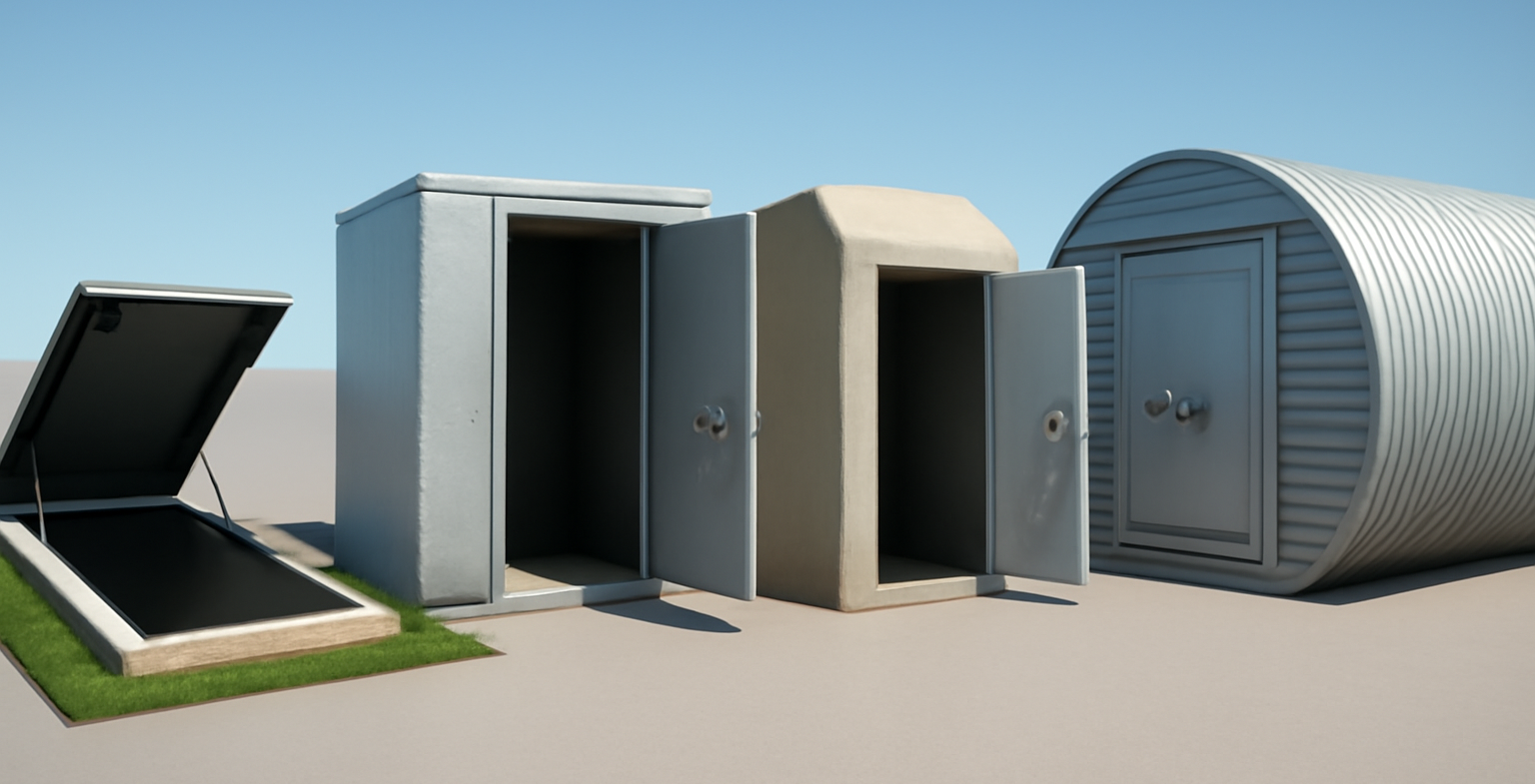When it comes to planning for severe weather, being proactive can often mean the difference between safety and tragedy. With unpredictable weather patterns increasing in frequency and severity, storm shelters have become an essential part of home safety planning.

Discovering more about storm shelters and understanding their benefits, features, and installation can provide peace of mind for you and your family.
What is a Storm Shelter?
A storm shelter is a secure, reinforced structure designed to protect occupants from extreme weather events such as tornadoes, hurricanes, and other severe storms. These shelters can be installed above ground or underground and are built to withstand high winds and flying debris. The goal is to create a safe space where families can wait out the storm without the risk of injury from collapsing buildings or shattered windows.
Types of Storm Shelters
Storm shelters come in several types, each suited to different needs and building requirements:
- Above-Ground Shelters: These shelters are typically built in garage spaces or extended as standalone units attached to or detached from the home. They are accessible and convenient, especially for those who may have difficulty accessing underground options.
- Underground Shelters: Often installed in basements or beneath garages, these provide robust protection from severe weather. They are advantageous for their strong resistance to flying debris and their naturally insulated environment.
- In-Ground Shelters: Installed directly into the ground, often in the yard or under the garage flooring, these shelters offer strong protection with less exposure to elements.
- Community Shelters: Large-scale shelters designed for public use can be found in schools, community centers, or designated safe zones. They provide protection for large groups and are particularly useful in areas without enough private shelters.
The Benefits of Owning a Storm Shelter
Owning a storm shelter comes with several benefits that go beyond mere safety:
- Peace of Mind: Knowing you have a secure place to retreat during a severe storm can alleviate anxiety and stress.
- Increase in Property Value: A well-installed storm shelter can be an attractive feature for potential buyers, making your home more appealing on the market.
- Insurance Discounts: Many insurance companies offer discounts to homeowners who have taken steps to safeguard their property with a storm shelter.
- Family Safety: Most importantly, a storm shelter offers protection to your loved ones, keeping them safe during potentially life-threatening weather events.
Installation and Regulations
Installing a storm shelter involves several steps and considerations. It is important to evaluate your home's specific needs, including the location, size, and type of shelter best suited for your household. Consulting with experienced professionals is crucial to ensure the shelter meets local building codes and FEMA guidelines.
Before installation, check with local authorities to understand the required permits and guidelines. Entrusting the job to certified professionals ensures that your shelter is compliant with safety standards and that it functions correctly when needed.
Conclusion
With the increasing occurrence of severe storms, investing in a storm shelter can be a sound decision for any homeowner. It provides safety, security, and can potentially protect your greatest assets—your family. Discovering more about storm shelters and taking proactive steps towards installation not only safeguards your home but also offers valuable peace of mind knowing you're prepared for the worst nature can deliver. Whether you decide on an above-ground or underground model, taking action now can ensure your future safety.

